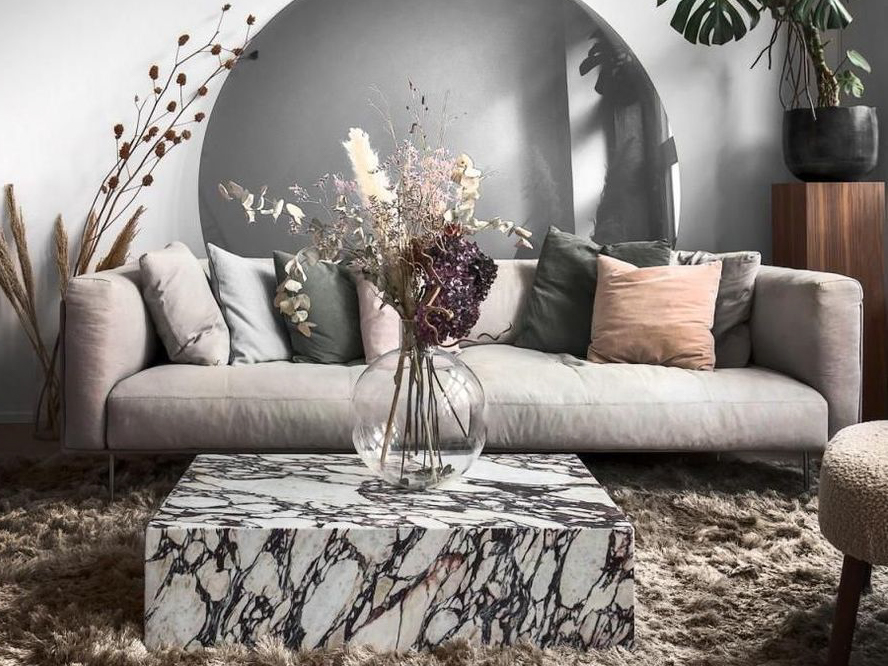Pendant lighting has become a popular choice for illuminating homes and commercial spaces. These hanging fixtures come in a range of styles and designs, adding not just light, but also a decorative element to any space. With the availability of CAD software like AutoCAD, pendant lighting in DWG format has become easier to study and incorporate into building plans.
Types of Pendant Lighting
There are different types of pendant lighting available in DWG format, each with its own unique style and features.
Multi-Light Pendants
Multi-light pendants typically have multiple light sources arranged in a row or cluster. These are ideal for larger spaces like dining rooms or conference rooms where a single pendant light may not provide sufficient illumination.
Metal Pendants
Metal pendants are popular for their contemporary and modern designs. These pendant lights are often made of materials like steel or aluminum, and their simple yet elegant designs can be used in a range of settings.
Glass Pendants
Glass pendants come in a range of styles, from simple designs to elaborate ones with multiple layers and colors. These pendant lights can be used to add a pop of color or to complement the existing decor of a room.
Benefits of Pendant Lighting in DWG Format
Using pendant lighting in DWG format has several benefits for architects, designers, and homeowners.
Visualization
CAD software like AutoCAD allows designers and architects to visualize the placement of pendant lighting in their designs. This helps in making informed decisions about the size, shape, and style of pendant lights that will best suit a particular space.
Customization
DWG format allows for customization of pendant lighting to match the specific requirements of a project. The colors, materials, and sizes of pendant lights can be easily modified to match the design intent.
Cost-Effective
Compared to traditional lighting fixtures, pendant lighting in DWG format is more cost-effective. These lights are designed to be energy-efficient, and the use of CAD software reduces the need for physical prototypes and iterations, saving time and money.
Applications of Pendant Lighting in DWG Format
Pendant lighting can be used in a range of settings, from residential to commercial spaces. Here are a few examples:
Residential Spaces
Pendant lighting can be used in living rooms, kitchens, dining rooms, and bedrooms to add both light and style to a space.
Restaurants and Cafes
Pendant lights can be used over tables, counters, and bars in restaurants and cafes to create a warm and welcoming atmosphere.
Offices
Pendant lighting can be used in meeting rooms, waiting areas, and common spaces in offices to provide functional and aesthetic lighting.
Pendant lighting in DWG format is a versatile and cost-effective way to enhance the design and functionality of any space. It allows designers, architects, and homeowners to customize, visualize, and plan the placement of pendant lights in their projects. With a range of styles and designs available, pendant lighting can be used in a variety of settings, from residential to commercial spaces.



